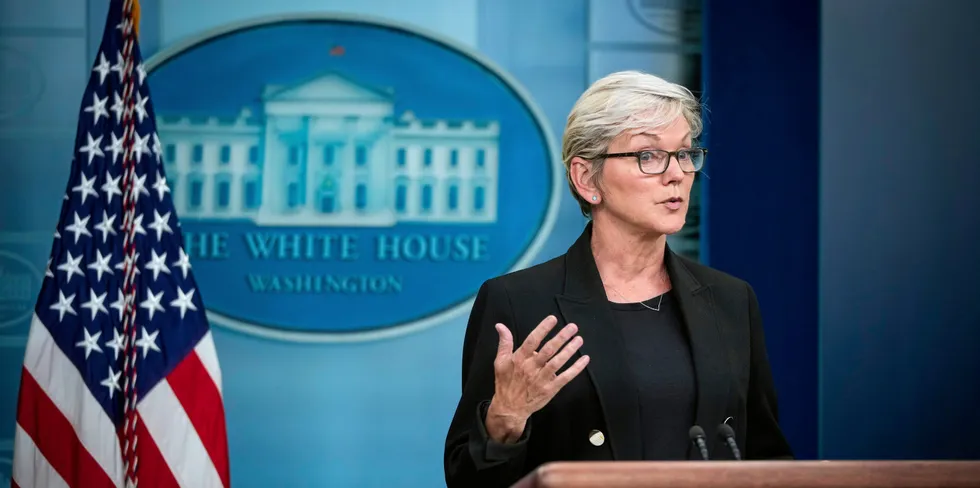'Floating wind shot' | Biden sets 15GW goal as US puts $50m behind deepwater push
Initiative aims to drive down sector costs by 75% through R&D and ramp transmission, supply chain, and port infrastructure investment

Initiative aims to drive down sector costs by 75% through R&D and ramp transmission, supply chain, and port infrastructure investment
